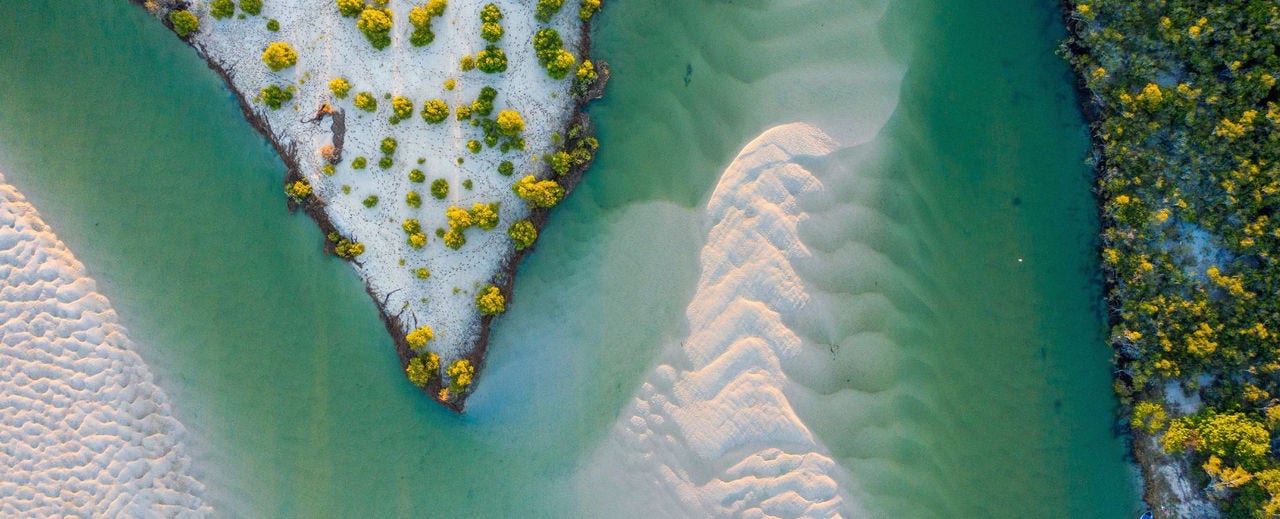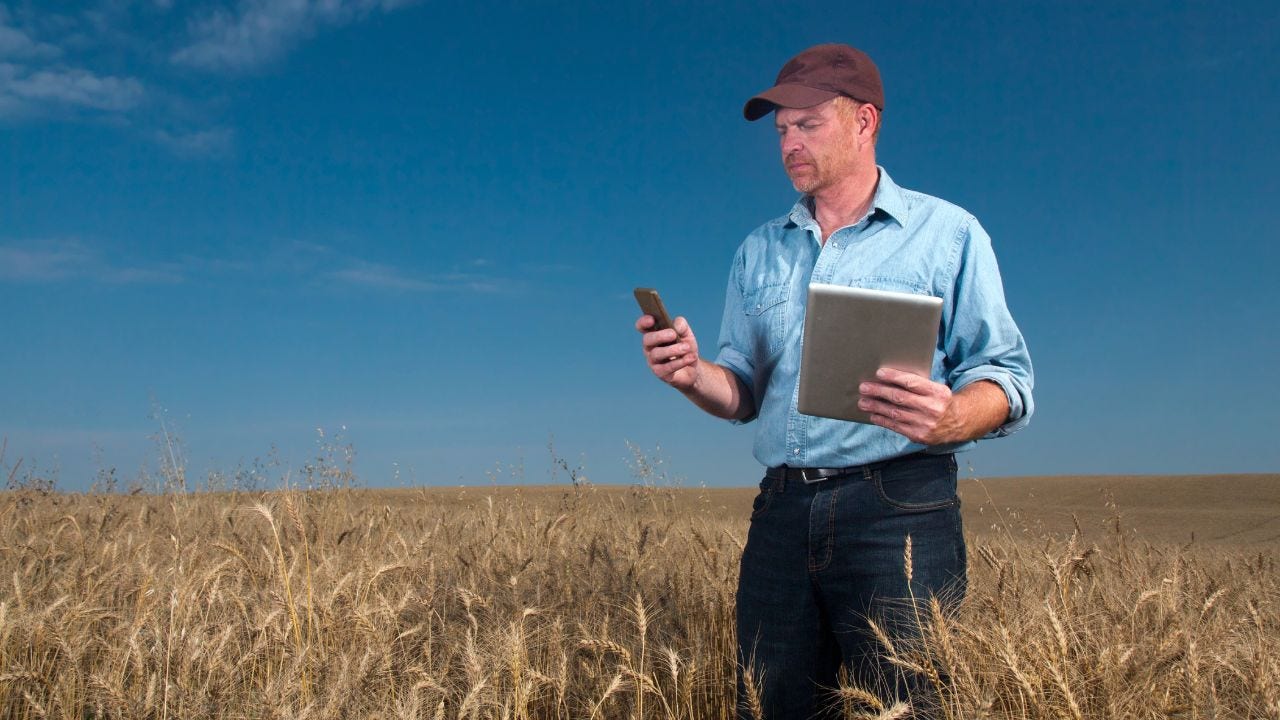David Abbott: Xcalibur Smart Mapping is the global leader in airborne geohysical surveys and in Australia we have significant experience doing what we do. We fly very very low from both fixed wing and helicopter platforms, and what we're trying to do is detect what is under the aircraft that we're flying, including the critical minerals and the rare earths that are now so important for a just energy transition to renewable energy.
Jane Caforio: As more companies around the world introduce sustainable practices into their operations, this presents tremendous opportunities for Australian companies with these incredible technologies to support international customers and stakeholders to achieve their own net zero goals.
David Abbott: Xcalibur Smart Mapping fly significant surveys in Australia but also around the globe. We have surveys currently being flown in the United States and South America. We're about to start a large project for the Bhutanese Government to assist them with their geological knowledge. And we're also looking at some large projects in Vietnam, Cambodia, Lao, Mongolia, Bangladesh and the Philippines that could also assist all of those countries with their needs for the energy transition.
Jane Caforio: Australia has one of the largest resources sectors in the world. We're also an innovative country, and those innovations often come out of our strong universities and skilled workforce that we have here in Australia. We are very focused on ensuring that what we do is sustainable. It supports communities and we have very strong regulations and practices around that.
David Abbott: Xcalibur Smart Mapping aims to enhance its role as a strategic partner in the acceleration of the energy transition. Our technology directly supports the net zero transition by mapping the likely locations of essential and critical minerals for batteries, solar panels and wind turbines. Our advanced low impact exploration methods contribute to both climate goals and responsible resource management, which all helps to accelerate the shift to renewable energy and electrification on a global scale.
[End of transcript]



